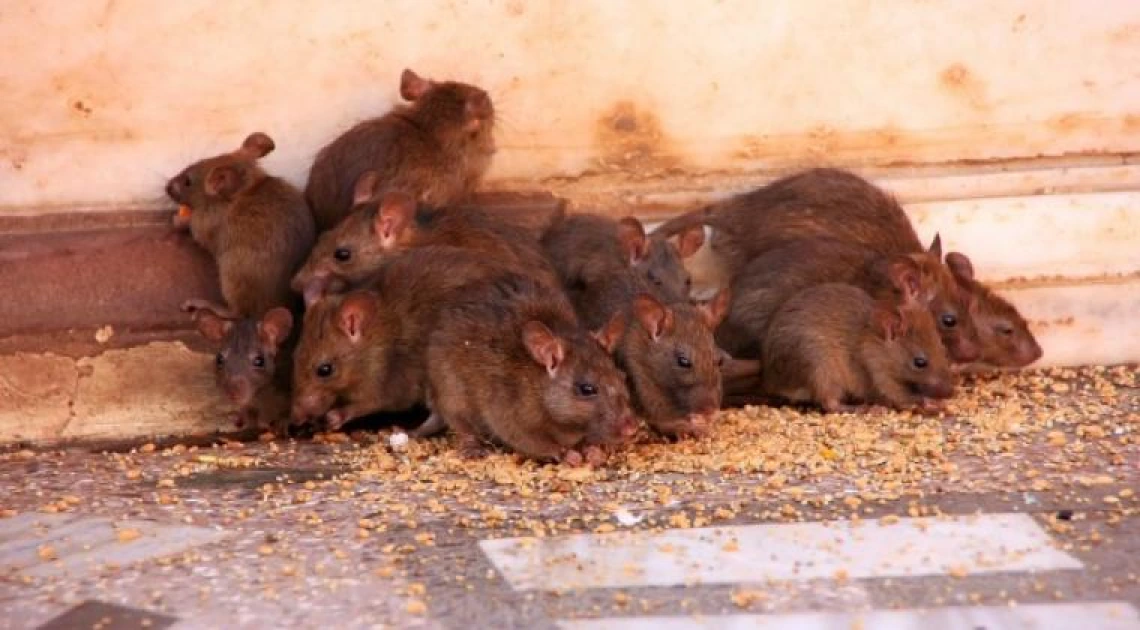Reducing Rat Populations Through UA-invented Humane Fertility Control

Two mating rats can produce 15,000 descendants in one year alone. They have achieved evolutionary success, to be sure, but that success becomes problematic when those populations cross paths with humans.
They spread disease, eat and destroy our food in the field and in storage, wreck our infrastructure, and the strategy we have been using more often than not is lethal poison, which is dangerous to people, other animals and the environment, and is never 100 percent effective.
Targeting Fertility, Not Mortality
 While rats have been nibbling away in cities around the world, researchers at the University of Arizona were working on developing a non-reproductive rodent model for the study of menopause. In the College of Medicine – Tucson Department of Physiology, Dr. Patricia Hoyer’s research yielded a chemical formulation that provided humane, non-lethal rodent infertility. Translation and reformulation of this invention has provided a new pest control strategy by targeting the root of the problem: reproduction. The technology allows for the management of animal populations by targeting their ability to produce offspring as opposed to killing them outright.
While rats have been nibbling away in cities around the world, researchers at the University of Arizona were working on developing a non-reproductive rodent model for the study of menopause. In the College of Medicine – Tucson Department of Physiology, Dr. Patricia Hoyer’s research yielded a chemical formulation that provided humane, non-lethal rodent infertility. Translation and reformulation of this invention has provided a new pest control strategy by targeting the root of the problem: reproduction. The technology allows for the management of animal populations by targeting their ability to produce offspring as opposed to killing them outright.

